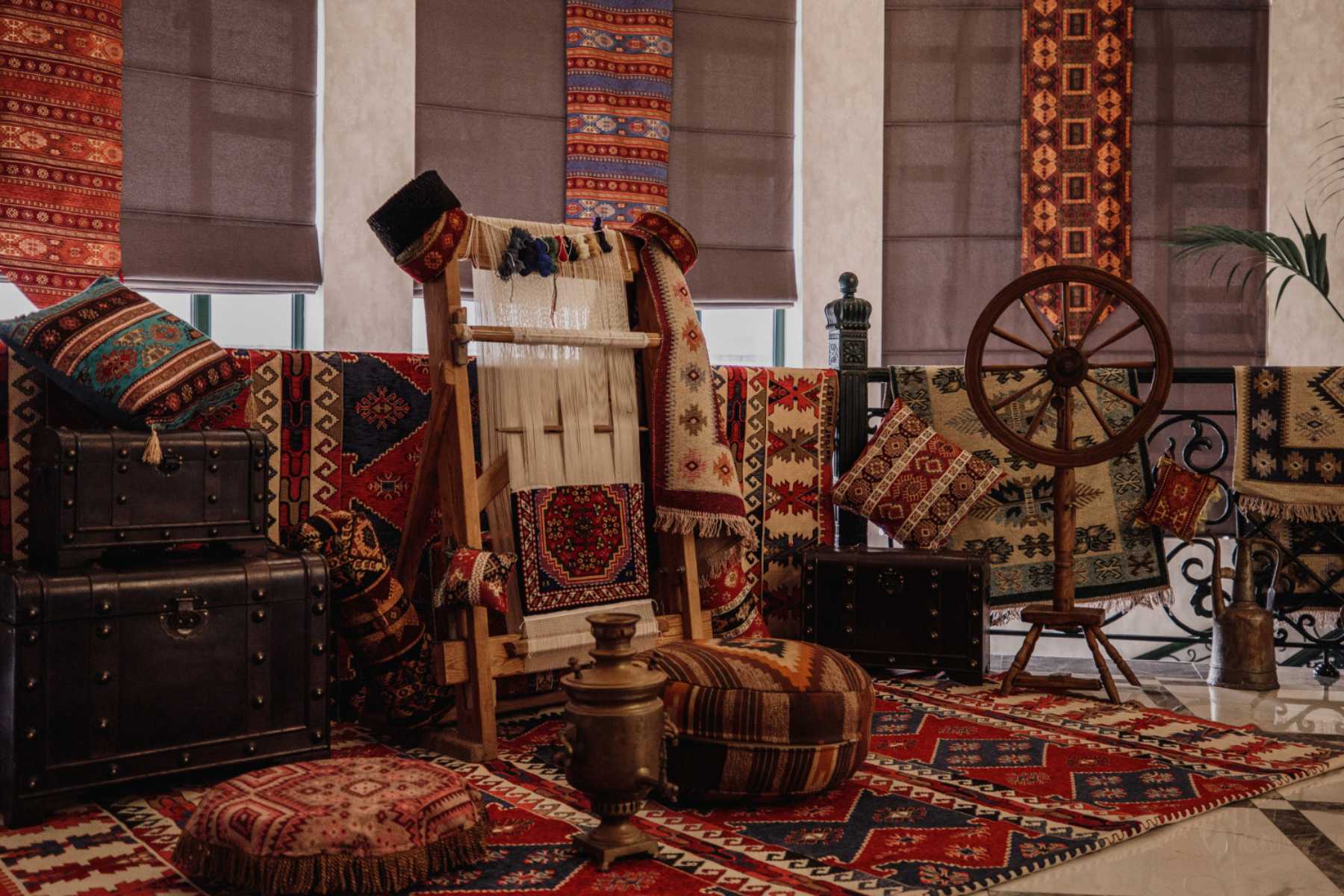Introduction:
Origins of Carpets and Rugs, Carpets and rugs have long been cherished for their beauty, functionality, and cultural significance. These exquisite floor coverings have a rich and fascinating history that spans centuries and continents. From the ancient civilizations of the East to the intricate designs of the Middle Ages, the journey of carpets and rugs is a captivating tale. In this blog, we embark on a historical adventure, exploring the origins and evolution of these timeless treasures that have graced homes and palaces throughout history
1.The Ancient Beginnings
The origins of carpets and rugs can be traced back over 2,000 years ago to ancient civilizations in the East, including Persia (modern-day Iran), Egypt, and China. These early carpets were handwoven using natural fibers like wool and served as both practical floor coverings and decorative pieces for palaces and temples.
2.Persian Masterpieces
Persian carpets, renowned for their intricate designs and fine craftsmanship, have a storied history dating back to the 5th century BCE. Persian weavers developed intricate weaving techniques and unique motifs, creating masterpieces that were often considered status symbols and cherished heirlooms.
3.The Silk Road Influence
During the Middle Ages, the famed Silk Road facilitated cultural exchange and trade between Europe and Asia. As a result, Oriental rugs from the East, particularly from Persia and Anatolia (Turkey), gained popularity in Europe. These luxurious imports adorned the floors of European castles and noble estates.
4.European Tapestry Rugs
In the 15th and 16th centuries, European weavers began to create tapestry rugs that resembled wall tapestries. These rugs featured elaborate designs, often depicting mythological scenes and biblical stories. They were prized for their artistic beauty and served as valuable commodities among the elite.
5.The Renaissance of Carpet Weaving
By the 17th century, carpet weaving experienced a renaissance in Europe. The introduction of new weaving techniques and materials, such as wool and silk blends, led to the production of more intricate and luxurious carpets. European countries, including France and England, established their carpet weaving industries.
6.Oriental Rugs in Colonial America
In the 18th century, Oriental rugs became prized possessions in Colonial America, brought over by merchants and traders. These rugs added a touch of opulence and sophistication to the homes of wealthy colonists, symbolizing their social status.
7.Industrial Revolution and Mass Production
The Industrial Revolution in the 19th century revolutionized carpet manufacturing. Mechanization enabled mass production, making carpets and rugs more accessible to the middle class. New synthetic materials, such as nylon, were introduced, expanding the variety of available options.
8.Contemporary Carpet Design
In the 20th and 21st centuries, contemporary designers pushed the boundaries of carpet design, experimenting with abstract patterns, bold colors, and innovative materials. The fusion of traditional craftsmanship with modern aesthetics has given rise to a diverse and exciting array of carpet and rug styles.
Conclusion:
The history of carpets and rugs is an incredible journey that reflects the ingenuity, artistry, and cultural exchanges of civilizations throughout time. From the ancient weaving techniques of the East to the opulent tapestry rugs of Europe, these floor coverings have played a vital role in human history. Today, the legacy continues as we cherish and celebrate the beauty and craftsmanship of carpets and rugs, integrating them into our modern homes as treasured pieces of art and history.



